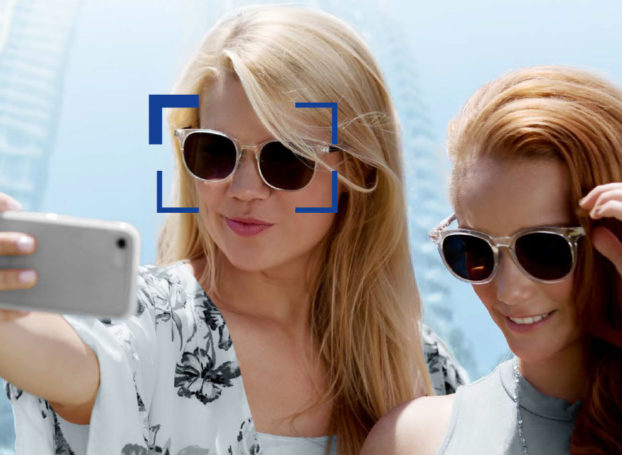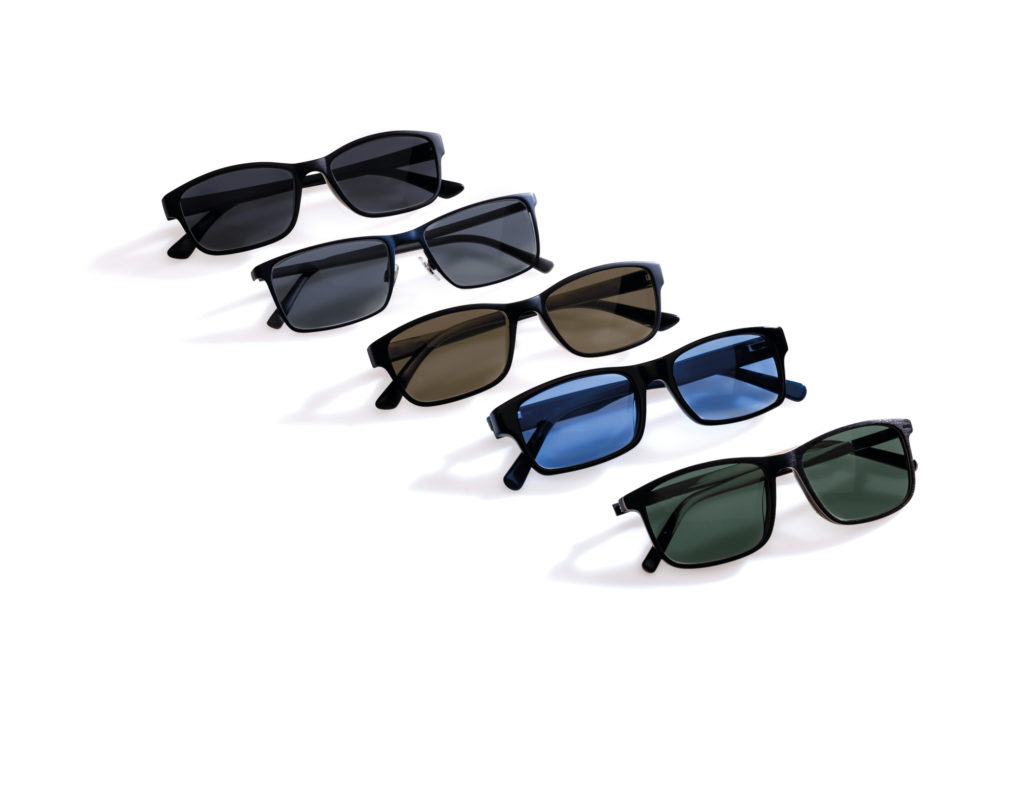Are you an eye care professional who wants to offer more options for your patients?

ZEISS PhotoFusion lenses are now available in Trivex. They darken quickly outdoors and are fast to clear indoors.
ZEISS PhotoFusion
ZEISS PhotoFusion is a self-tinting lens that darkens quickly outdoors and clears fast indoors resulting in all-day protection from the sun’s UV rays while maintaining a clear view indoors.

The lenses are now available in Trivex. Trivex lenses are lightweight and exceptionally clear which lends itself to incredible comfort.
What’s special about Trivex?
Originally developed by the military for helicopter windshields and fighter jet canopies, Trivex was eventually tailored for use in optical lenses. Trivex lenses are lightweight and exceptionally clear which lends itself to incredible comfort. The material is also stable, so the lens won’t change in appearance over time as other materials might do.

Trivex offers many benefits such as:
-Trivex has been designed to be the safest lens in terms of impact and scratches, as well as being incredibly lightweight.
-This means it can rest comfortably on your pupil for longer periods without feeling sore or tired from weight distribution
-Due to the Trivex material, the lenses inherently provide 100% UV protection for both UVA and UVB radiation.
-Trivex does not crack around drill holes like polycarbonate can.
-Trivex lenses retain their shape and are not subject to hole elongation.
-It’s also 100% recyclable, making it the safest option on the market today.
Trivex and Polycarbonate, how do they differ?
Polycarbonate has been the industry standard due to it being lightweight and impact-resistant . This is useful for all types of optical lenses including safety glasses and sports glasses.
Molding
Polycarbonate lenses are injection molded while Trivex lenses are cast molded. Injection molding is a faster process than cast molding while the cast molding process tends to take longer and create sharper optics according to PPC Industries.
Abbe value
Trivex lenses have a higher abbe value of 45 while polycarbonate lenses have an Abbe value of 30. The Abbe is the measure of how well an optical material transmits light at different wavelengths and grades color accuracy. A high Abbe value means that colors will be sharper and clearer while the lightweight material is impact resistant for sports safety glasses or prescription eyeglasses.
Under certain conditions (and especially with high prescription powers), lenses with a low Abbe value can create a halo effect with halos or lens flares.
Tensile Strength
Trivex lenses do not have the internal stress that is associated with polycarbonate lenses. This is due to the way Trivex lenses are manufactured. Internal stress can cause lens breakage and is often referred to as birefringence. Birefringence can blur vision. This lack of stress makes Trivex a perfect choice for drilled and grooved rimless. These cracks are often called “spider cracks”. Lenses in a drill mount sometimes experience hole elongation. This is due to the flexing and stress that happens to the lens. This can cause lenses to become loose and cause the frame to get out of adjustment.
Compared to polycarbonate lenses, Trivex lenses are more flexible and have a tensile strength of 40,000 psi. This means that they are able to withstand impacts better than other lens materials so they provide safety for athletes or people who work in hazardous environments like construction workers.
Additionally, this is important when mounting lenses in rimless frames as they are less likely to crack or shatter.
Index of Refraction
Polycarbonate lenses have a higher index of refraction and in high prescription powers will be noticeably thinner than Trivex lenses.
Comfort

Having a lightweight lens is essential for a patient’s comfort. Trivex lenses are a breakthrough in lightweight eyeglass lenses. They have the lightest specific gravity of any lightweight material used for eyeglass lenses available.
Tinting and Transmitting Light
Polycarbonate tints less quickly outdoors but transmits more light indoors. Trivex is the opposite with faster tinting on sunny days and better indoor comfort when there are lower levels of light.
This means that when Trivex is used for eyeglasses prescriptions where the patient needs to see objects near and far with equal clarity, it will be easier on their eyes.
Durability
The durability of both Trivex and Polycarbonate depends on where they are used, who uses them, what kind of care is provided to them.
Polycarbonate lenses are often recommended for children, because they are lightweight, safe, and impact resistant if a child drops them or does some roughhousing with their friends. Trivex can help provide additional protection and durability due to the lens design and excellent impact resistance.
Why Trivex is a great choice for eye care professionals and patients.

If your patients want the best combination of clarity, comfort, performance, durability and safety, Trivex lenses are worth the investment.
While Trivex lenses are naturally scratch-resistant, you can include AR coatings for additional scratch resistance or blue-light protection.
Offering Trivex lenses with ZEISS PhotoFusion can bring a lot of benefits to eye care professionals and patients. The lenses are durable, clear fast indoors or outdoors, and tint darkly: a lens combination that’s perfect for your patients.

Would you like to learn more about ZEISS PhotoFusion lenses? Click Here
To find an eye doctor near you, visit www.zeiss.com/FindAnEyeDr
YES, I want to be a fighter jet pilot…..I need trivex !!!!!!
How can I check whether my PhotoFusion X lenses are made out of Trivex?
I love my Trivex lens! Appreciated the article and all the details provided!